The Boot Hill Museum is located only a couple of blocks away.
Built on the original location of the Boot Hill Cemetery, the Museum has a collection of 60,000 artifacts (objects, photos, and documents) from the 1870s to 1920s. Most were donated by original residents of Dodge City. The tour of the museum started with a video of the colorful history of Dodge City, notorious for its wickedness with lawless, rowdy, gambling, whoring cowboys!
Boot Hill Cemetery: It was so named because most were buried here with their boots on... Original grave markers no longer exist but reproductions have been created for display.
Fort Dodge Jail (1865) was used to confine soldiers, sometimes for weeks at a time. It was bitter cold in the winter and stifling hot in the summer. This building was located at the Fort about 5 miles east of Dodge City.
Plains Indians (Apache, Arapaho, Cheyenne, Comanche, Kiowa) depended on the huge migrating herds of buffalo for their survival.
American Buffalo: In the 1870s the buffalo was the center of Dodge City economy. Hunters, influenced by several factors, pursued buffalo to near extinction: railroads provided easier access to the US trade opportunities; tanners created an improved process to manufacture good leather from the hides; and, military leaders believed that destroying the buffalo meant destroying the way of life for Plains Indians.
Longhorn cattle, originally from Mexico, became a major part of the economy of the Southwest. Cattle were brought to market in Dodge City to feed the growing demand in eastern parts of the country.
Gunsmoke, the TV series, was based on life in Dodge City. Also shown is the office of the last US Marshall of Dodge City, Marshall Kenneth Ramon House. It is a replica of Gunsmoke's Marshall Dillon's office.
The Victorian Fashion Parlor showcases dresses of the 1870s. Shown below are the wedding clothing of the Weiss marriage in 1908.
Front Street was the main street in Dodge City. The Museum has recreated it based on photographs and other information about the 1870s. Stores are furnished with artifacts of the era.
The General Store is both an exhibit and an actual store that sells jams, vegetables, fudge, candy, and other assorted items.
The Long Branch Saloon (Miss Kitty's saloon on Gunsmoke) has an authentic bar (1881) of cherry wood. Long Branch Variety Show performances can be seen here. It also serves both alcoholic and non-alcoholic beverages.
Morris Collar's Dry Goods Store sold clothing, linens, pillows and had a dress-making shop as well. John Tyler's Tonsorial Parlor was a barbershop. You could also get a tooth pulled here!
"Guns That Won the West" showcases historic firearms used by frontiersmen (flintlock muskets), buffalo hunters (Sharps rifles), outlaws and gamblers (pocket pistols and derringers). This is a very impressive collection of over 200 rifles and pistols. Also, there are several exhibits on the lawmen of Dodge City.
F. C. Zimmerman's Gunsmith Shop sold firearms and ammo to hunters. Tom and Bob Rice were well known saddle makers, who made and sold saddles and tack from the back of Zimmerman's.
Dr. Thomas L. McCarty arrived in Dodge City it 1872. He opened the City Drug Store where he sold medicines, ointments, etc. He practiced medicine for 58 years and became well known as the oldest and best known surgeon in the West. He and his wife had a son who grew up to be a doctor, as well. Father and son opened the first hospital, McCarty Hospital, in Dodge City in 1905 where they worked together.
The Saratoga Saloon offered refreshments and gaming. Check out the antique symphonium that played discs to entertain guests with music.
The State Bank of Dodge City was founded in 1882 by prominent citizens of Dodge City. Check out the authentic bank front and safe.
Two buggies: one is a typical 1880s doctor or social buggy; the smaller one is a child's toy.
Union Church was an interdenominational church where circuit preachers would conduct services. Both Wyatt Earp and Bat Masterson were deacons. This building is a replica of the church that was built in 1874.
The Superior Storehouse (1915) was a one-room school house typical of ones scattered across the Kansas prairies in the late 1800s and early 1900s.
Completed in 1879, the Hardesty House was a typical "upper-class" home of the 1880s. The second floor, where the bedrooms are, is undergoing renovation and is not currently open to the public.
The Blacksmith and Wheelwright Shop was located on the city's north side. A blacksmith played a key role in providing equipment needed to sustain life on the prairie.
We love the history of the old west and enjoyed all of the exhibits here. I think John still fantasizes about living the life of a cowboy! Admission to the Museum is $12/adults; $10/seniors. Country-style dinner and variety show tickets for performances at the Long Branch Saloon can also be purchased at the Museum store. See their web site for additional information about museum collections, hours of operation, and featured events.
Website: www.boothill.org
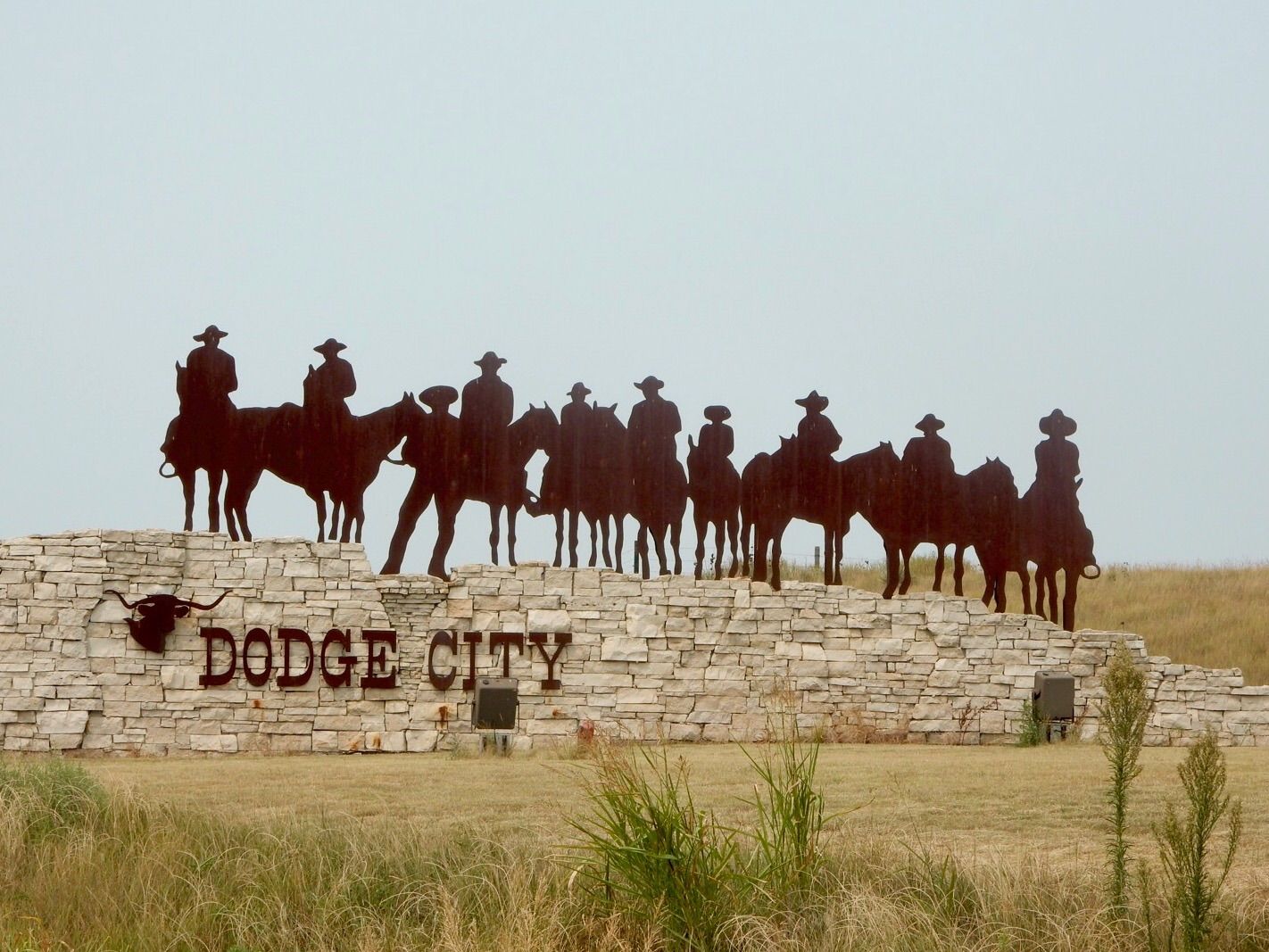
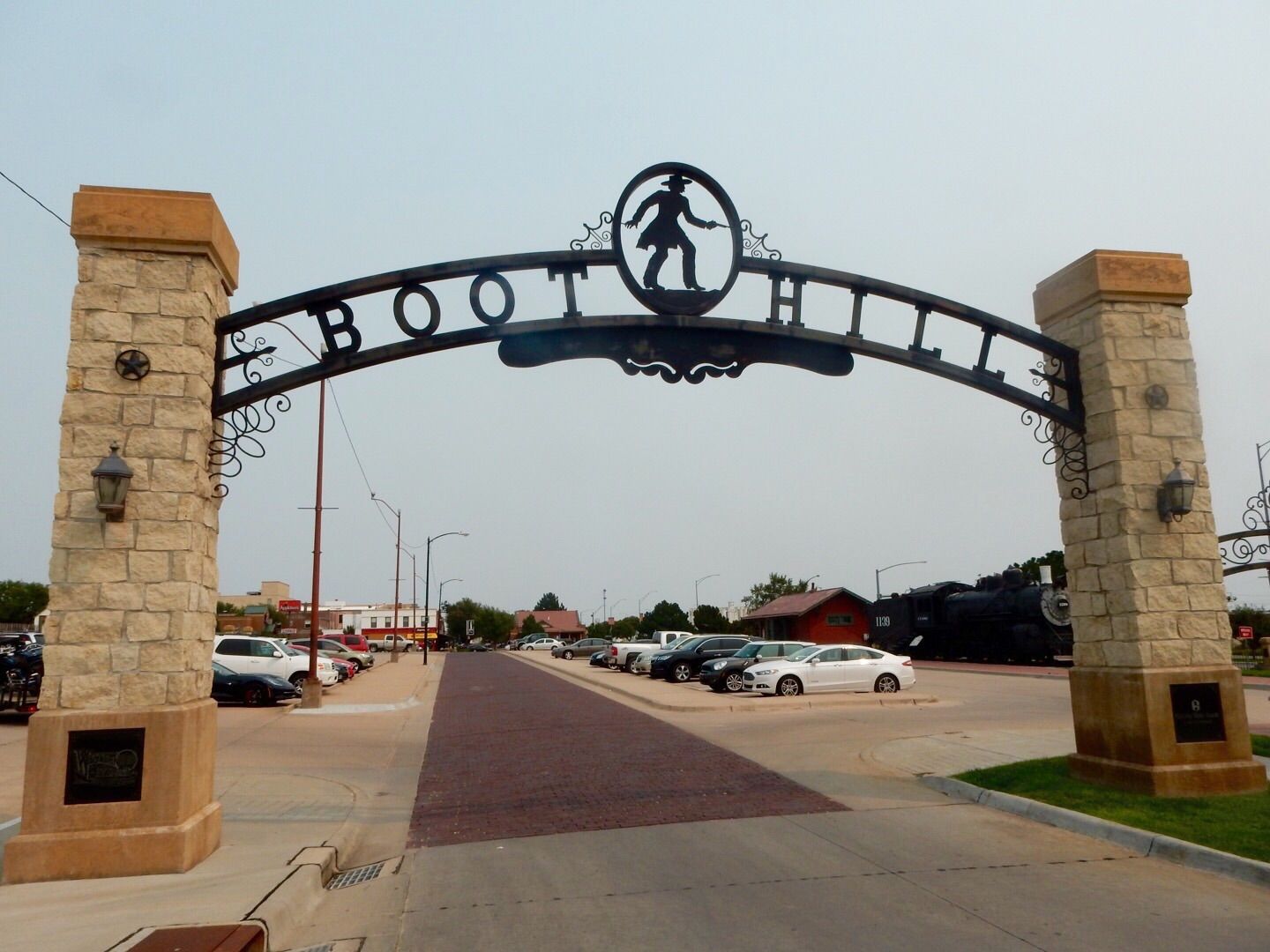

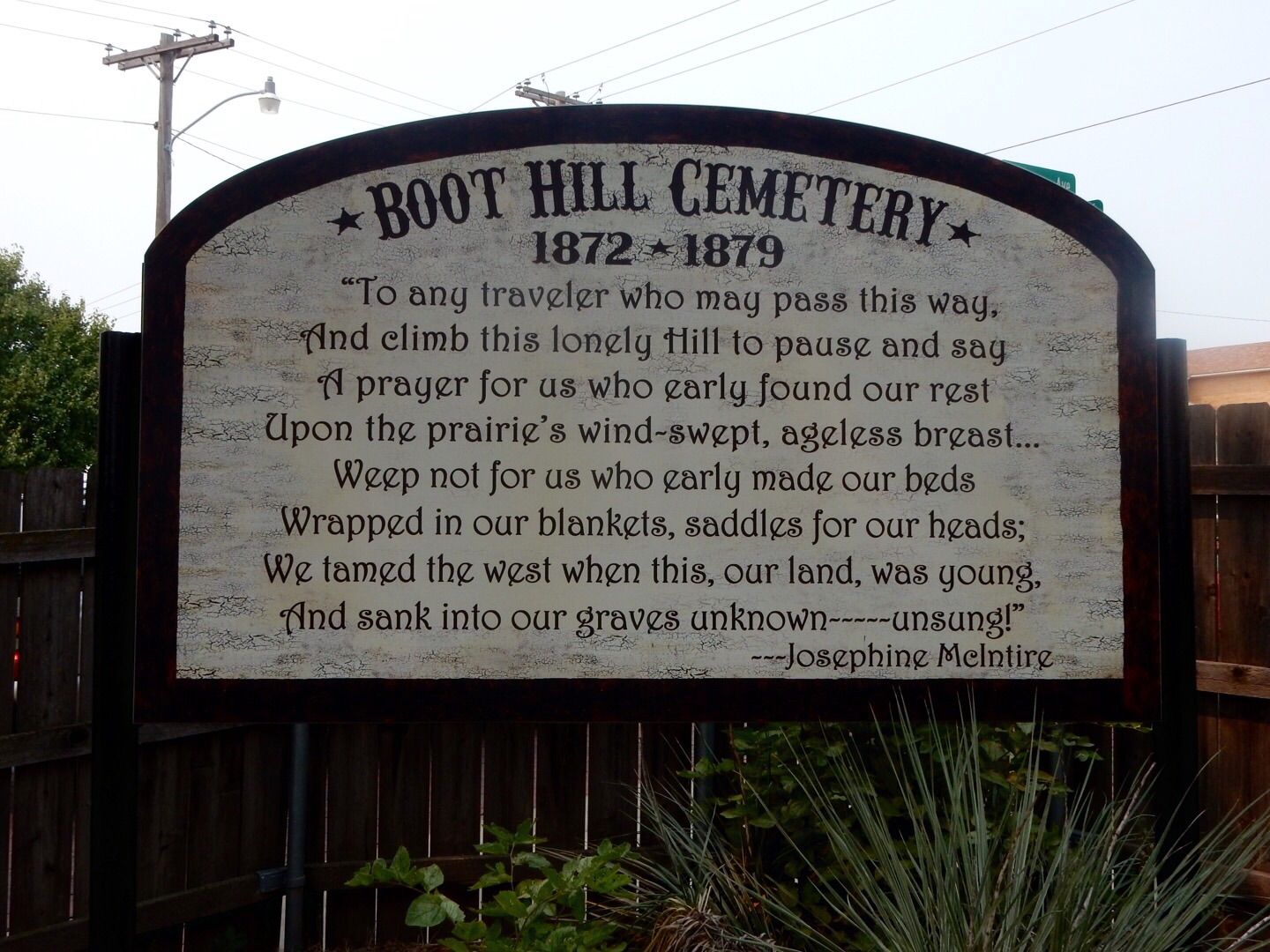

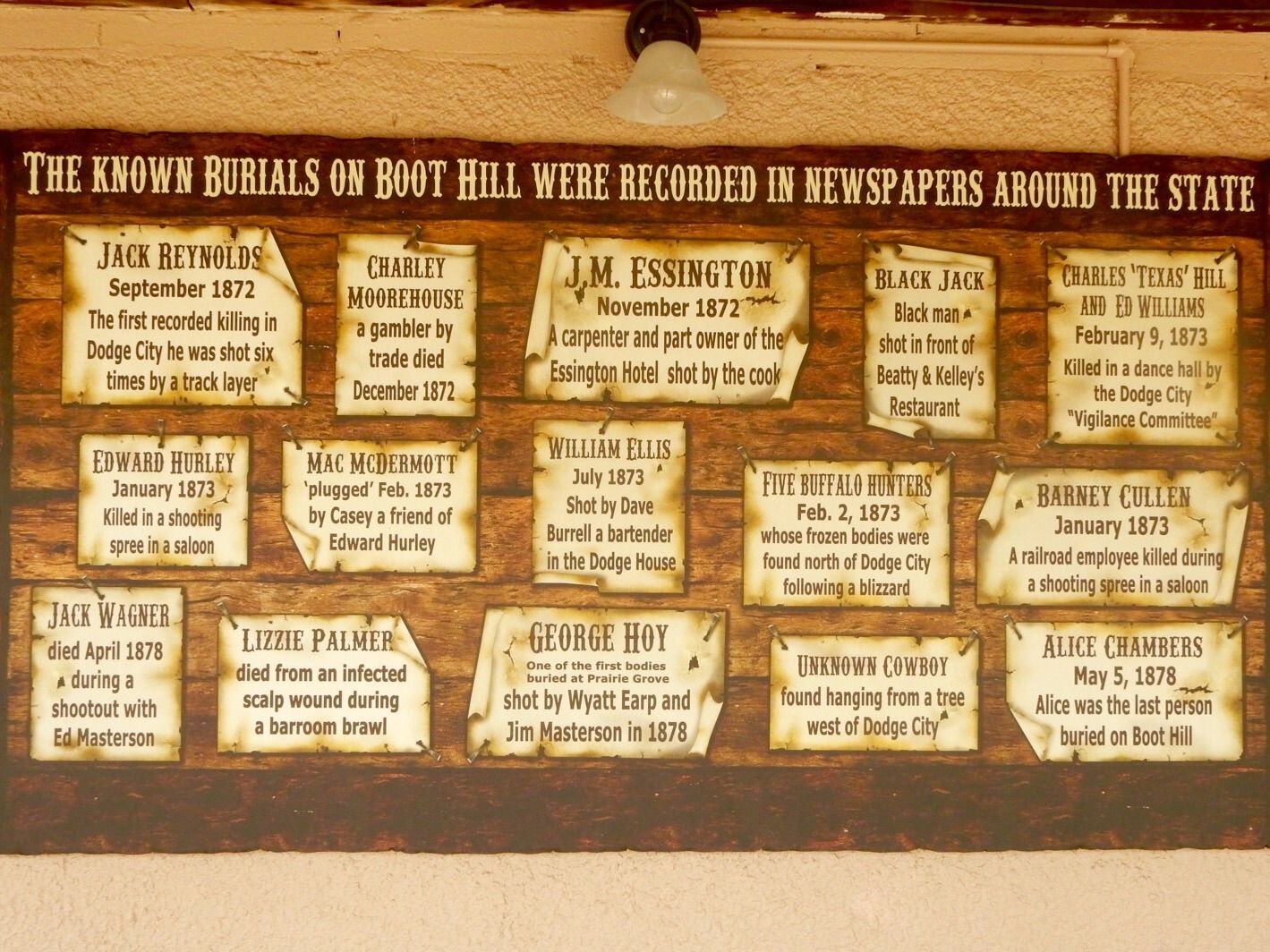
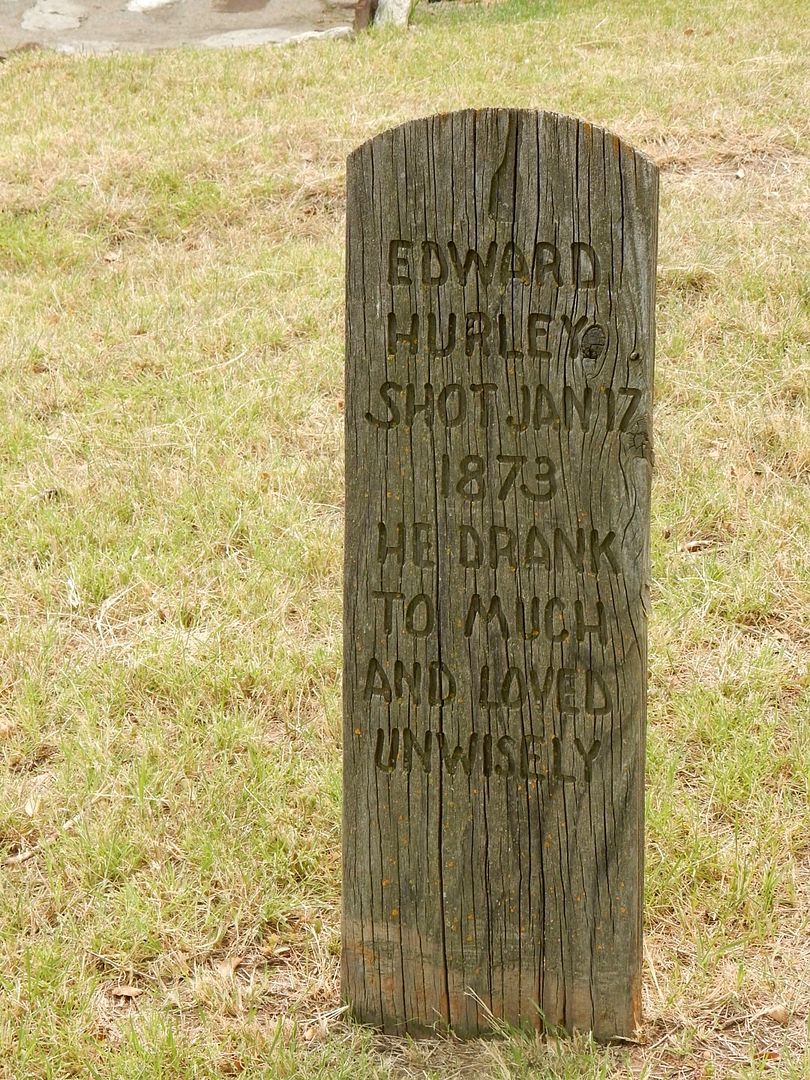

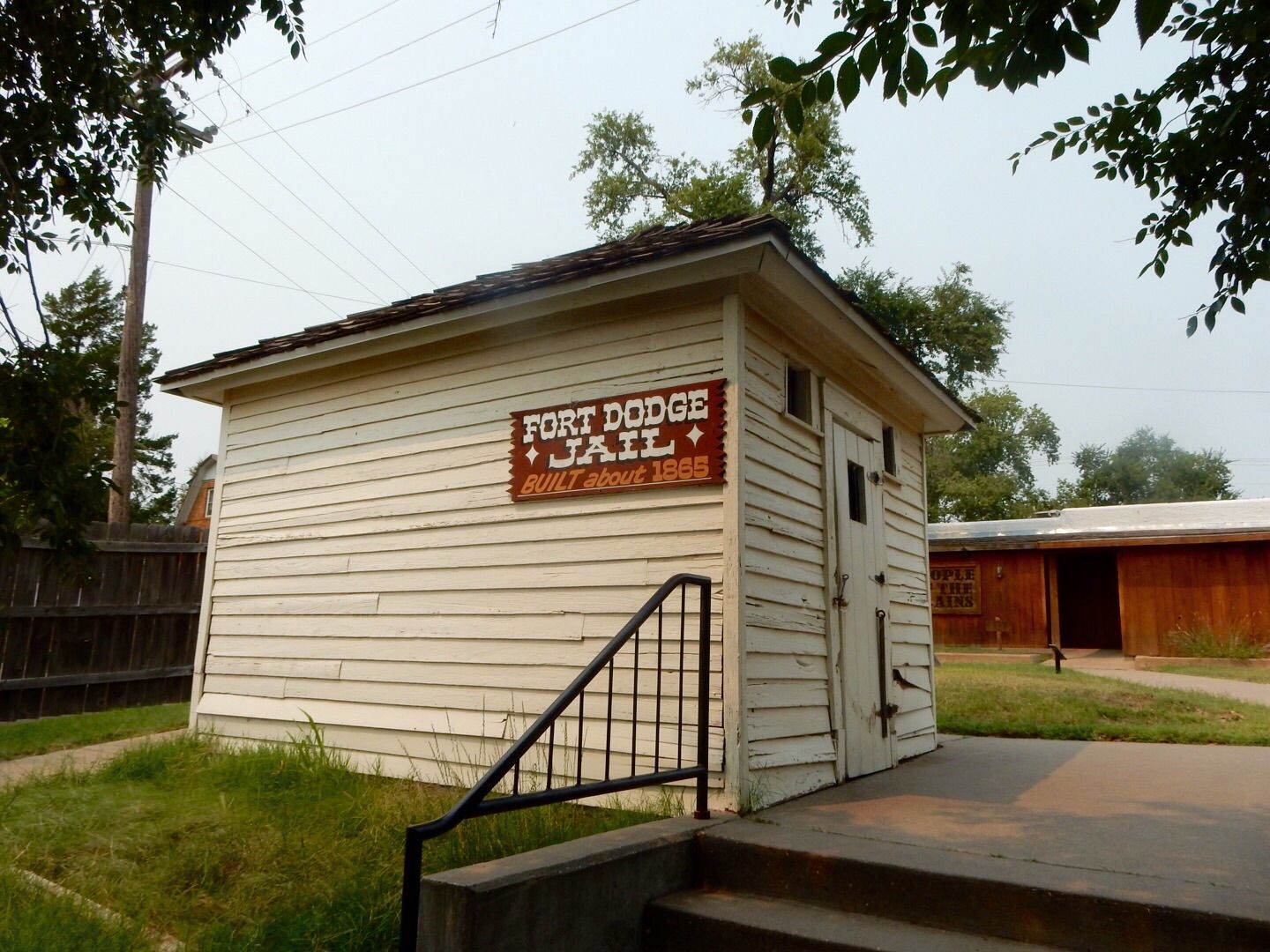


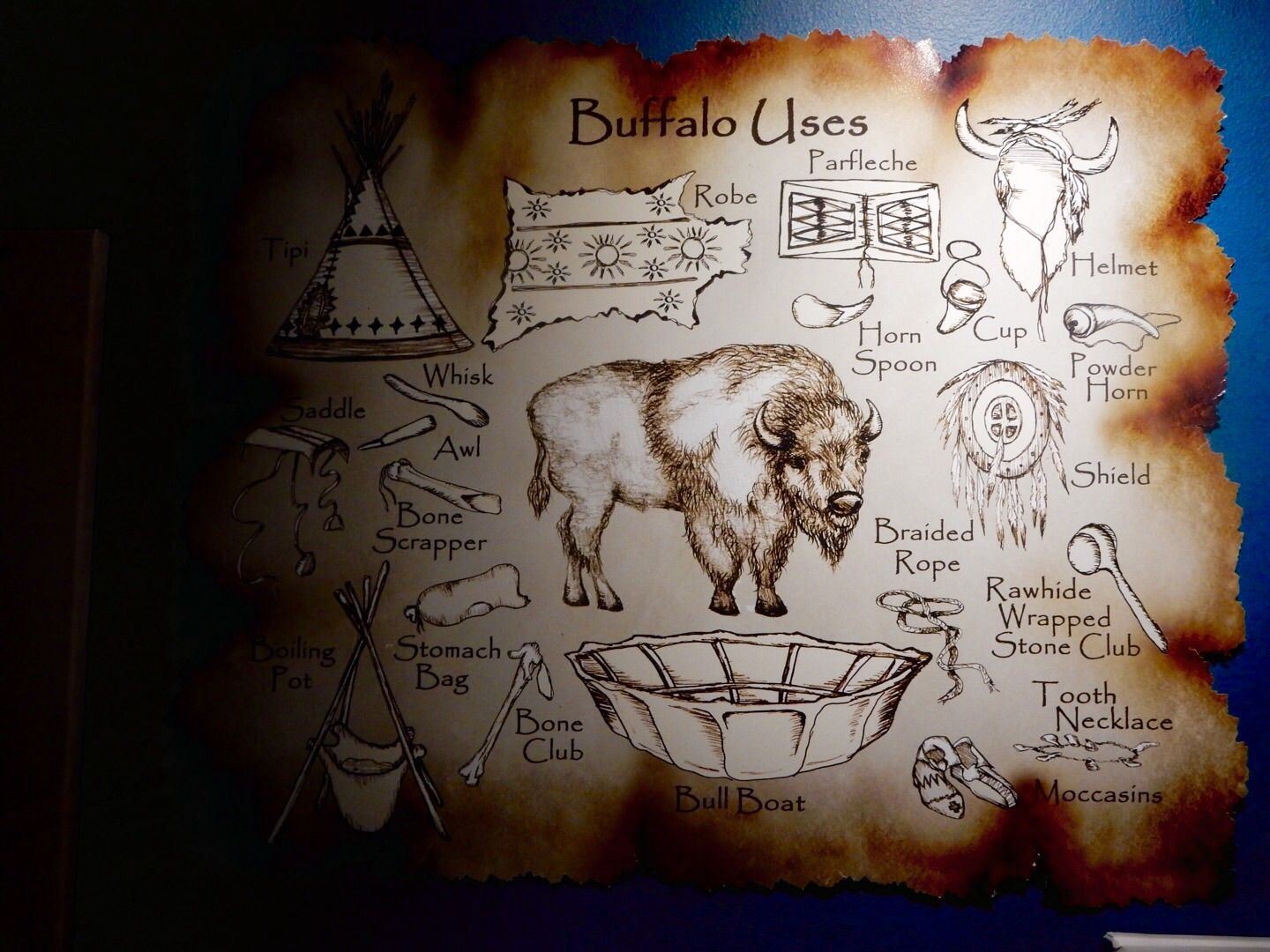
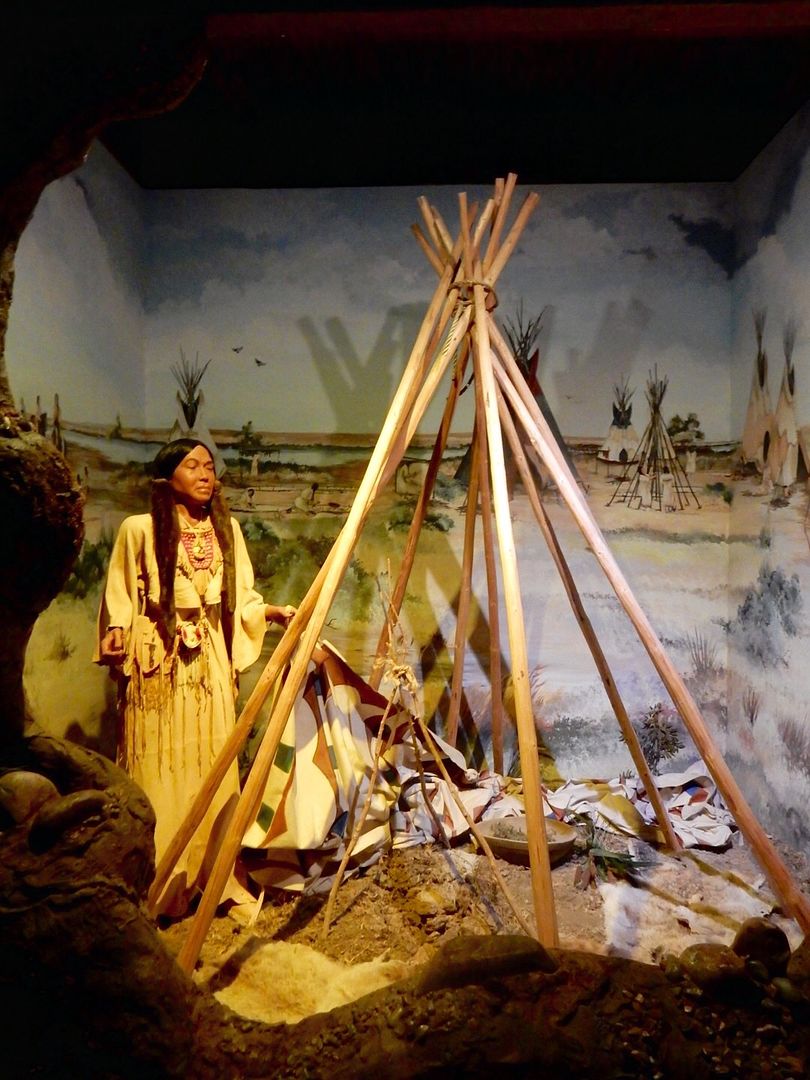
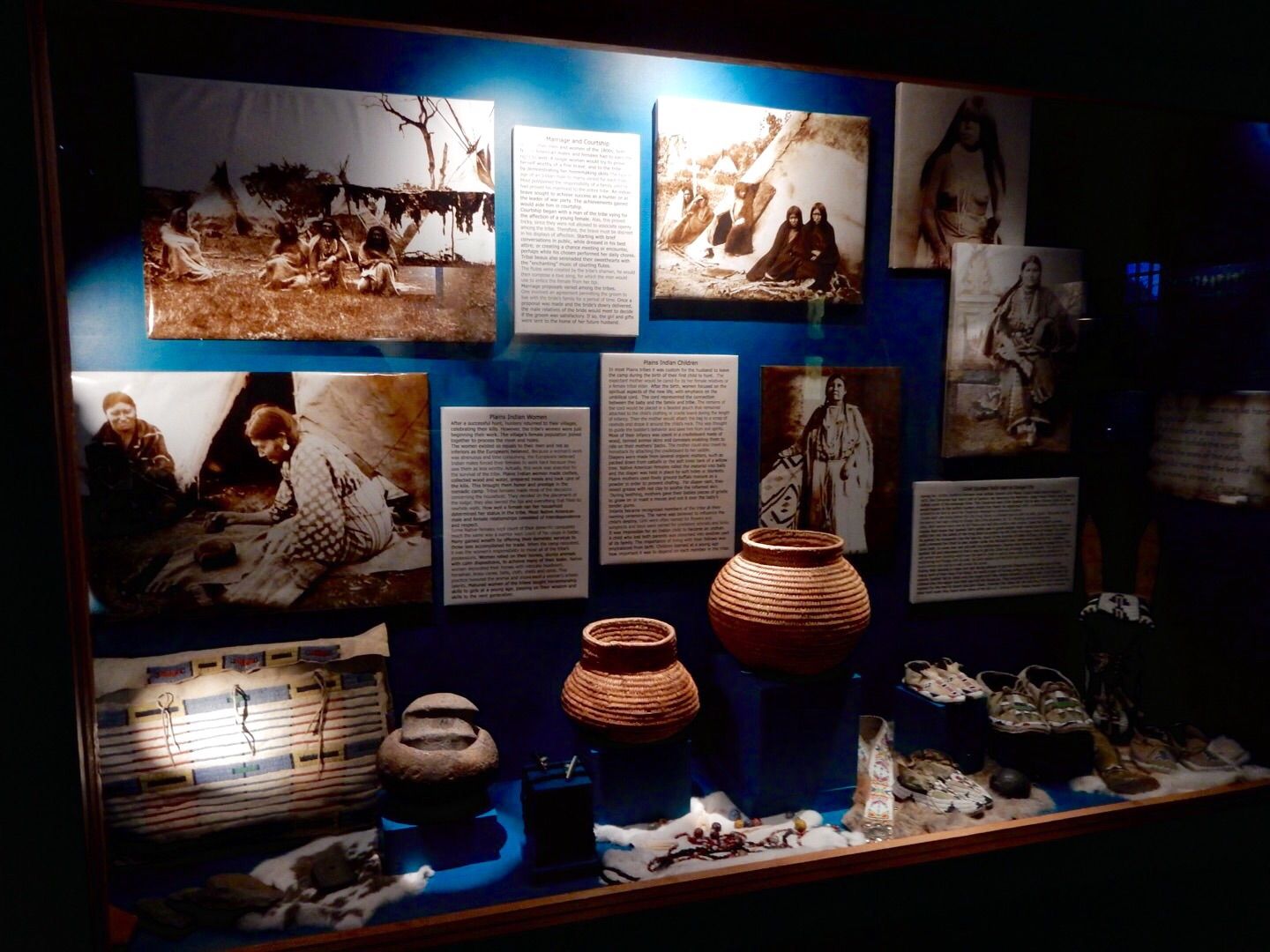
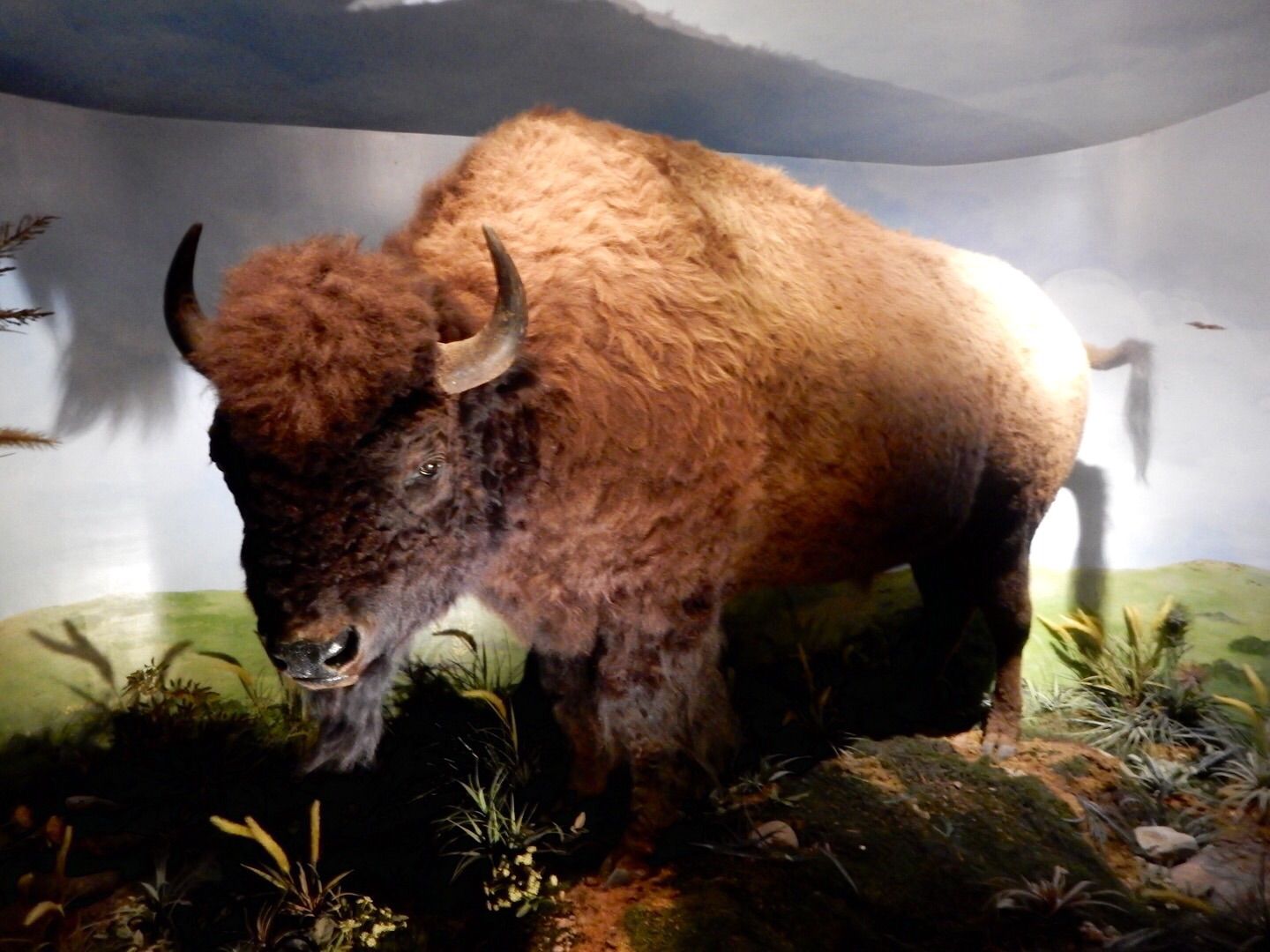
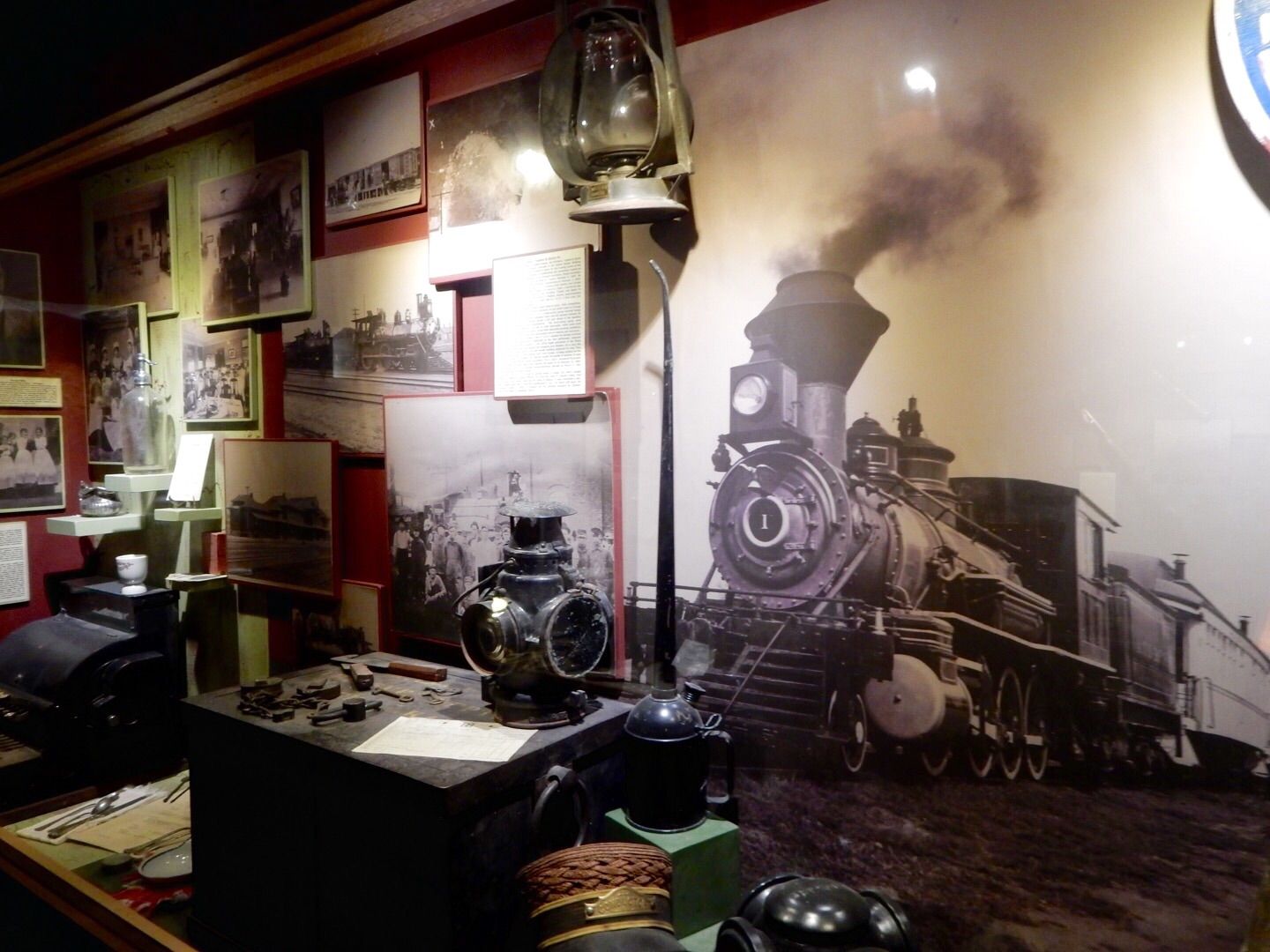
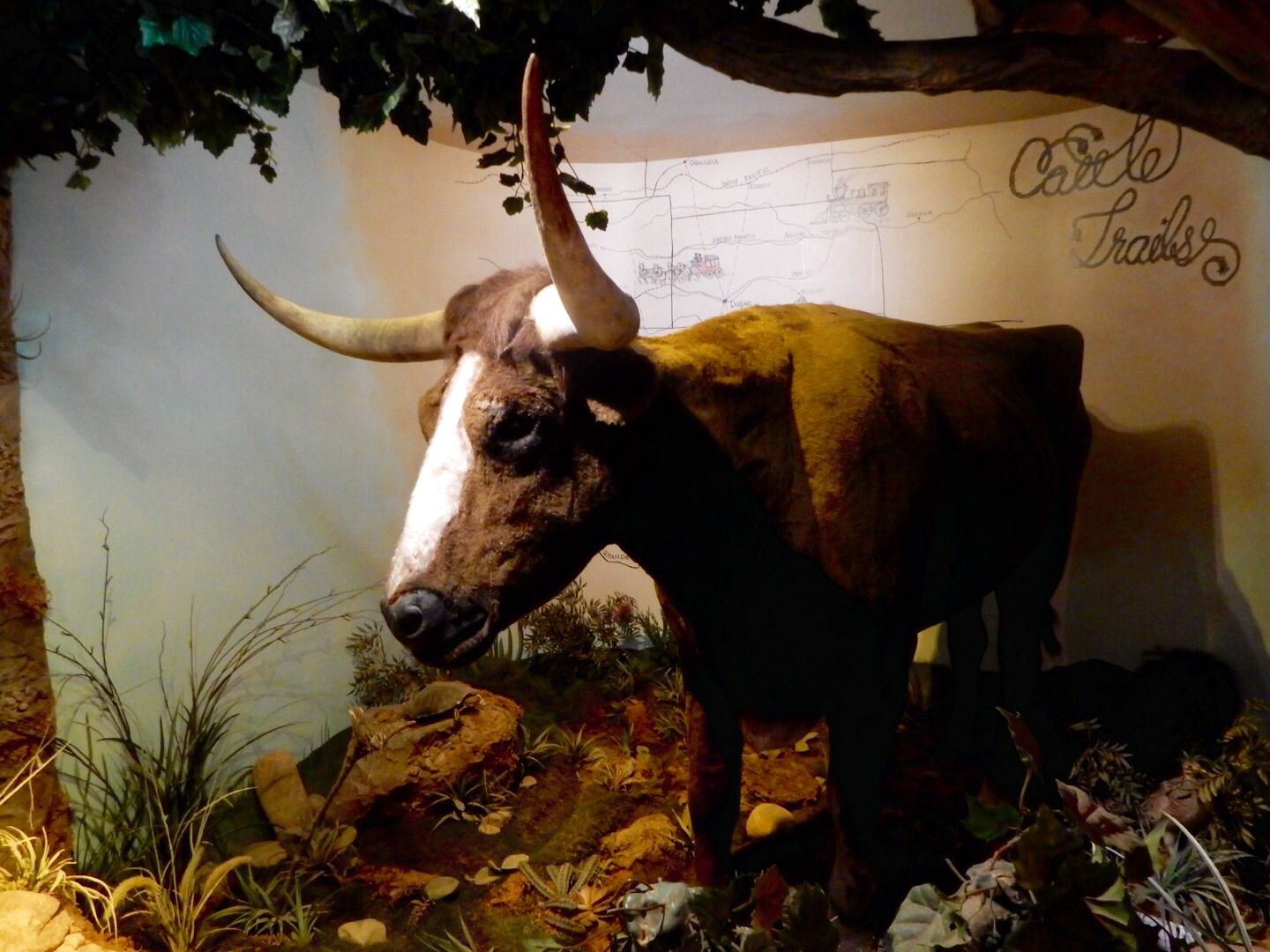
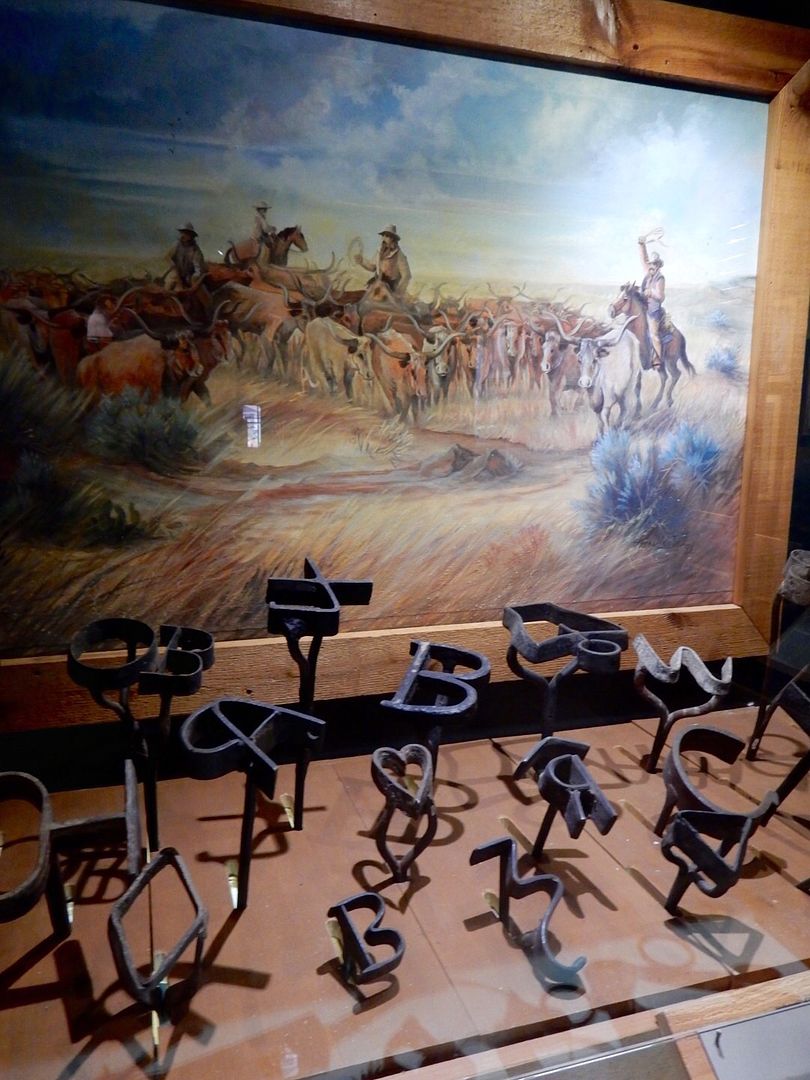

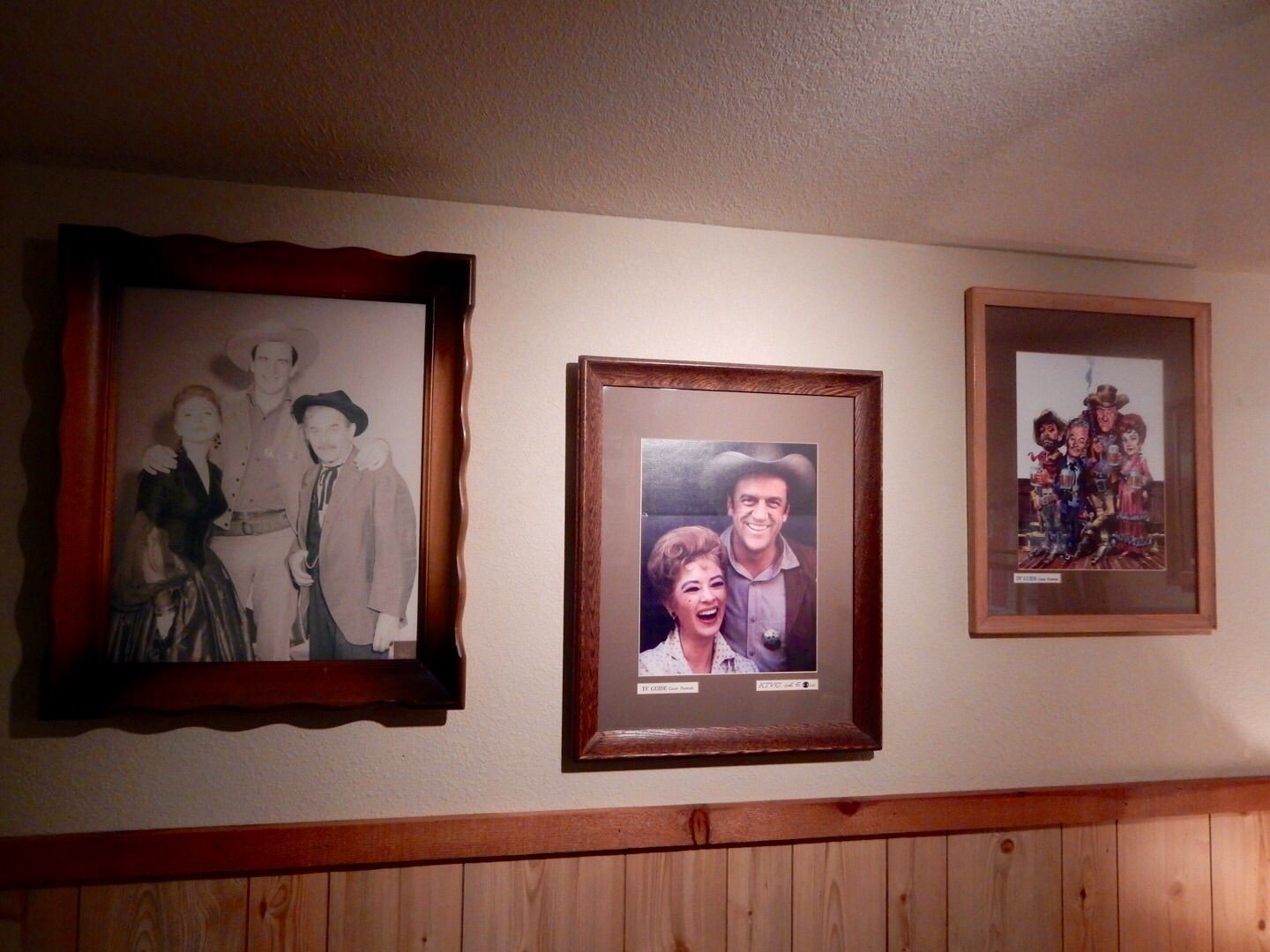
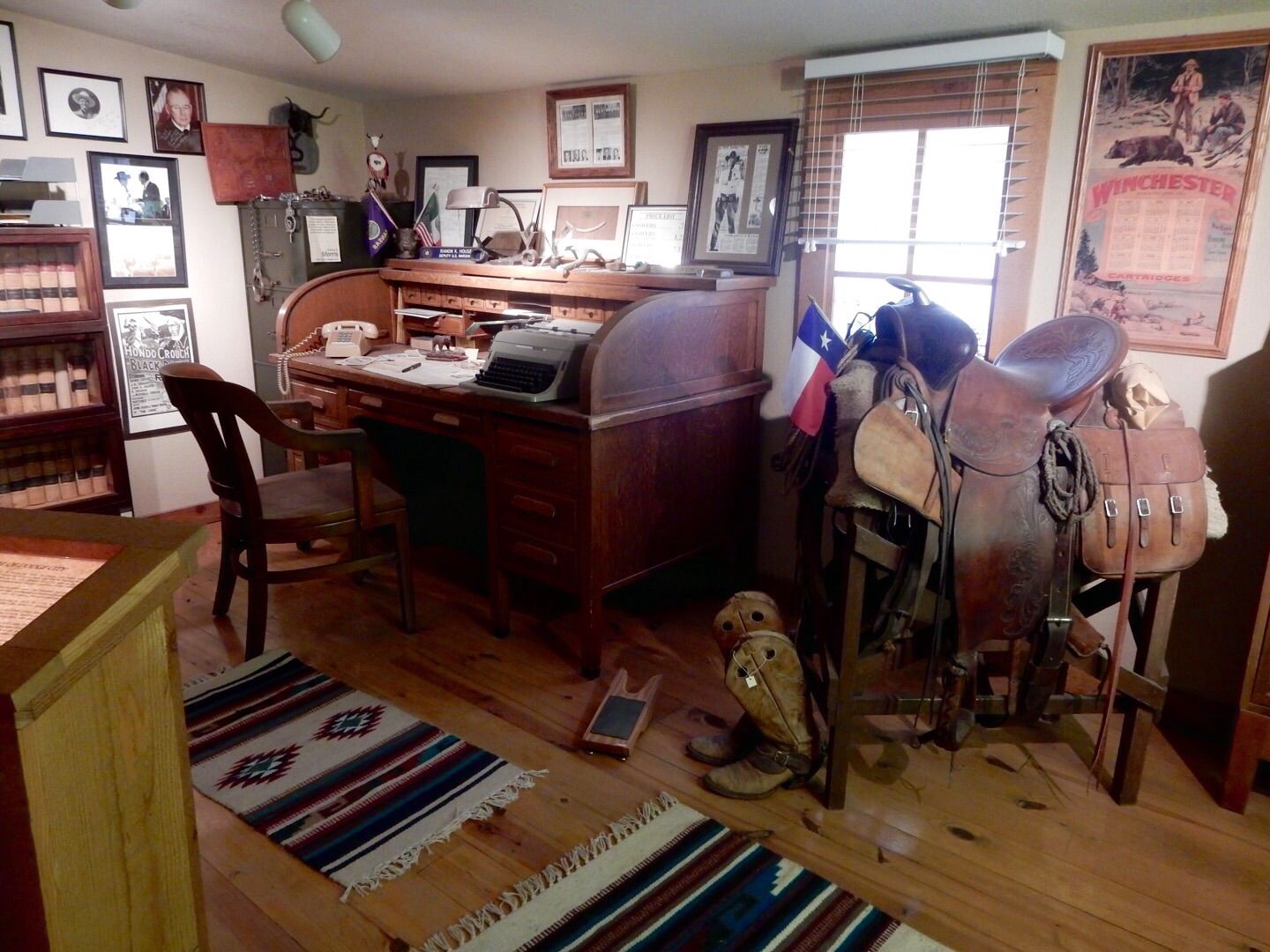
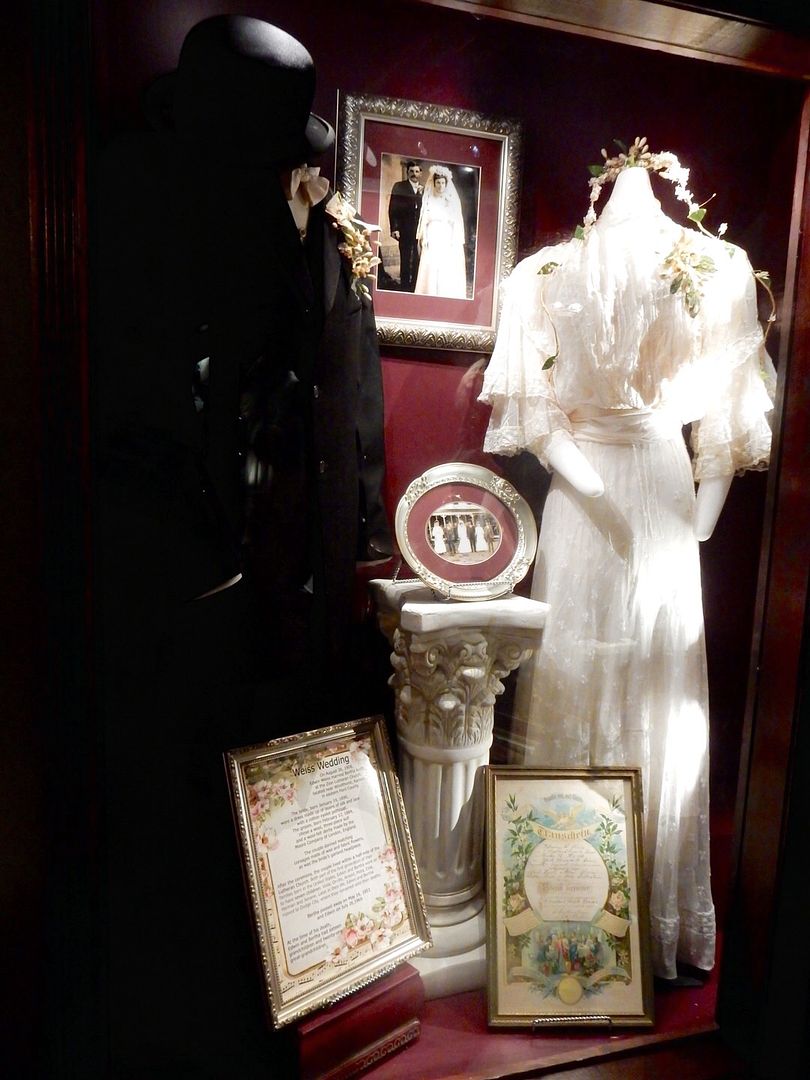


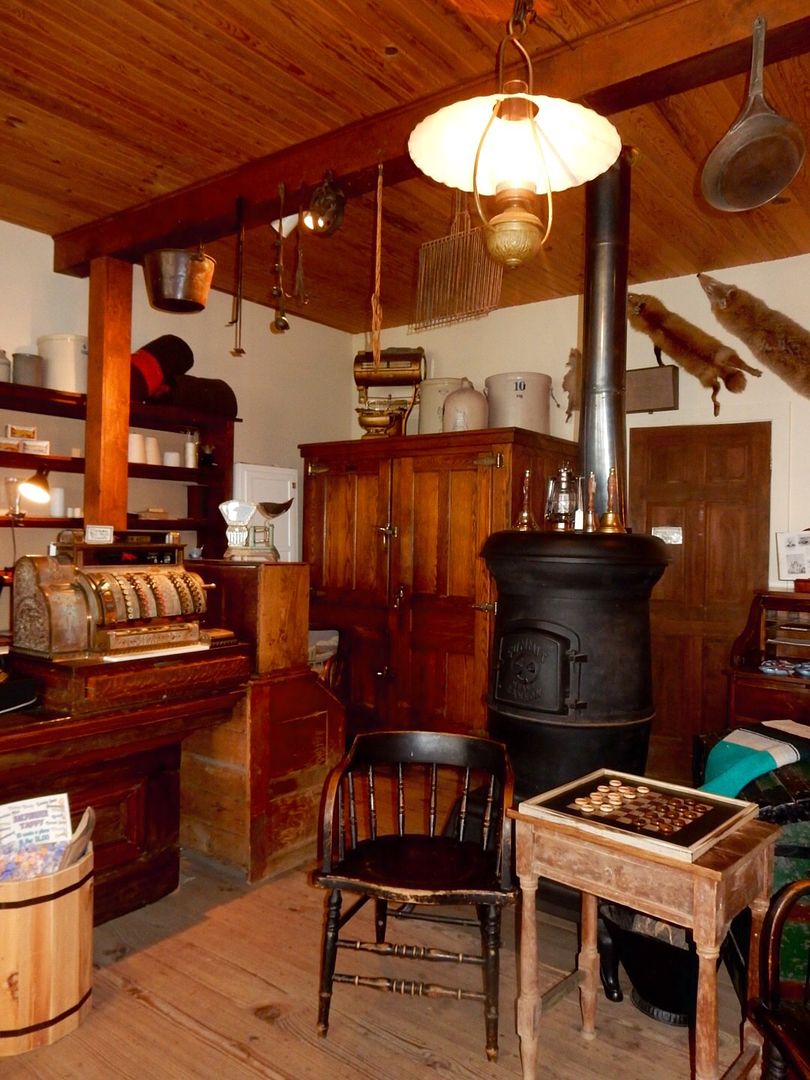
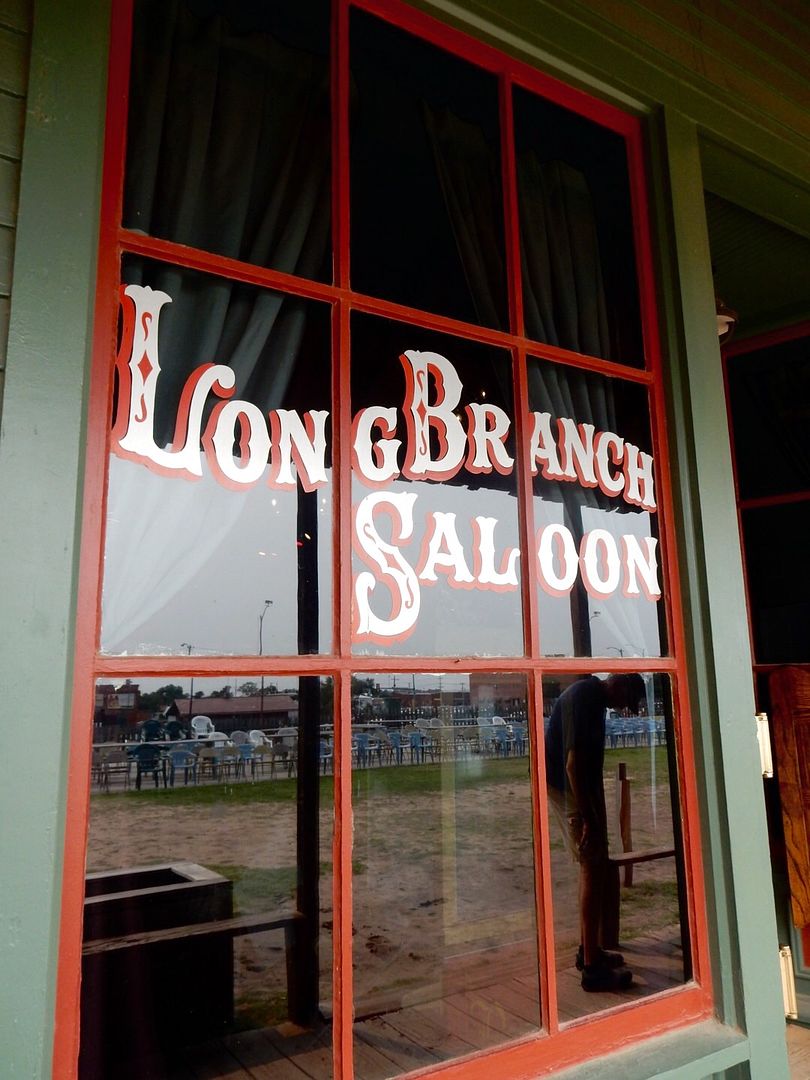
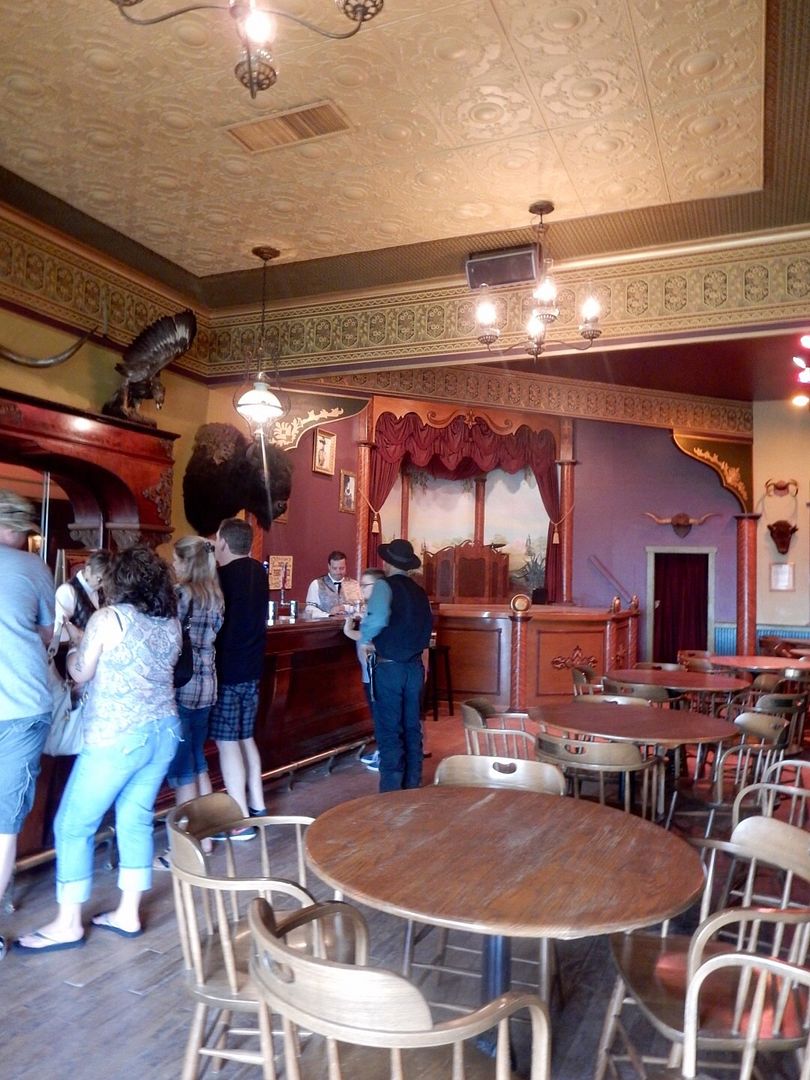
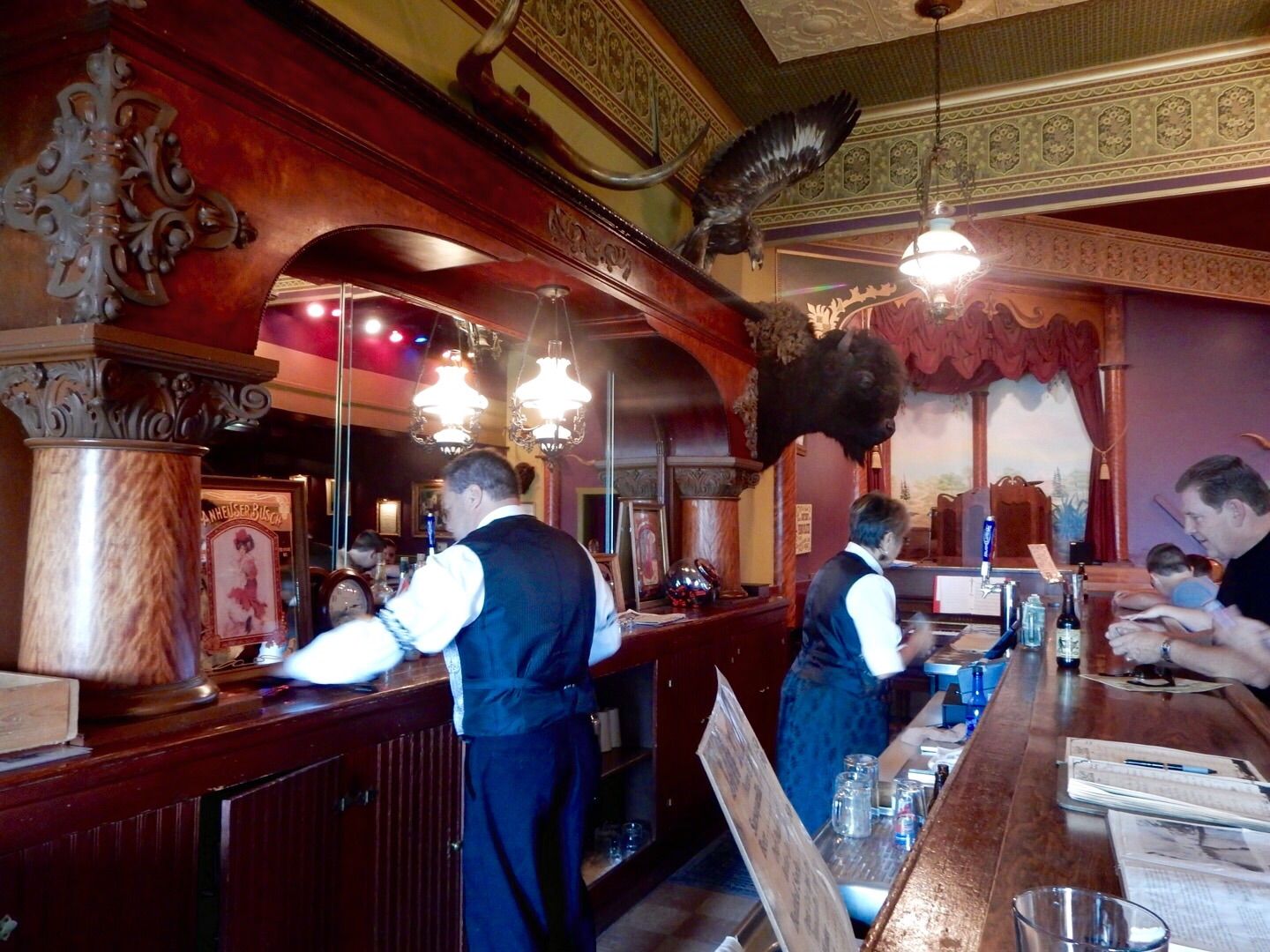
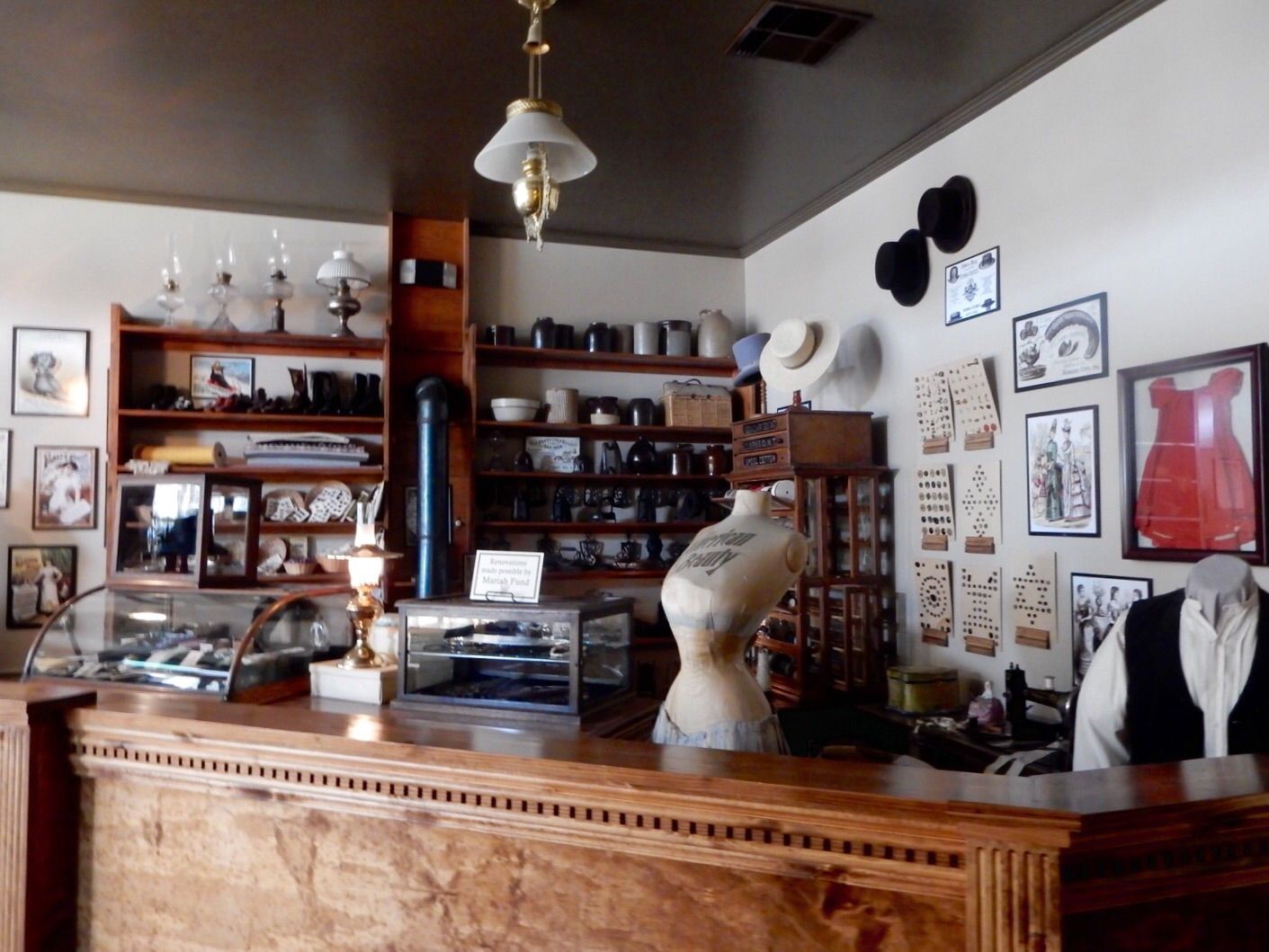
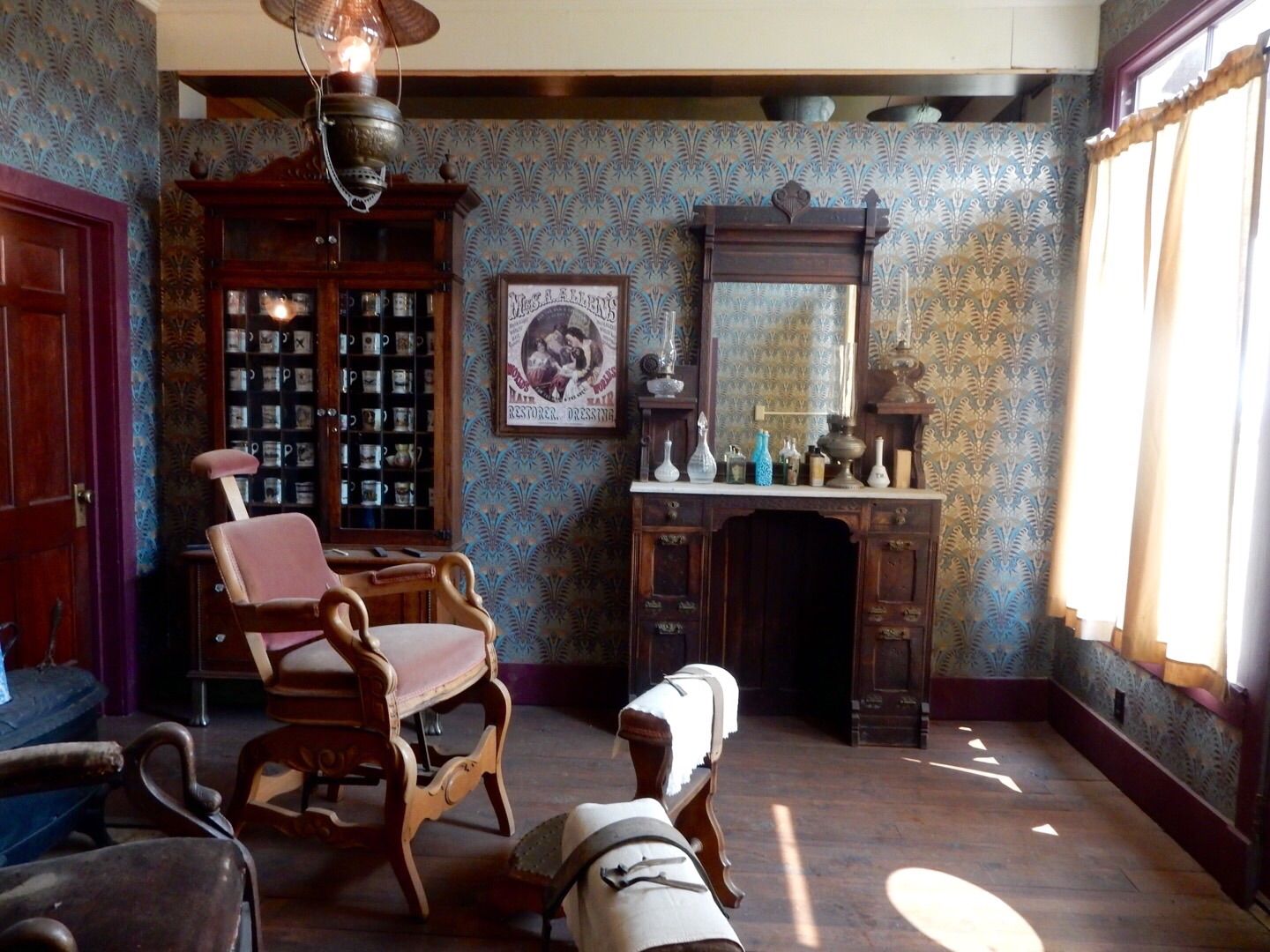
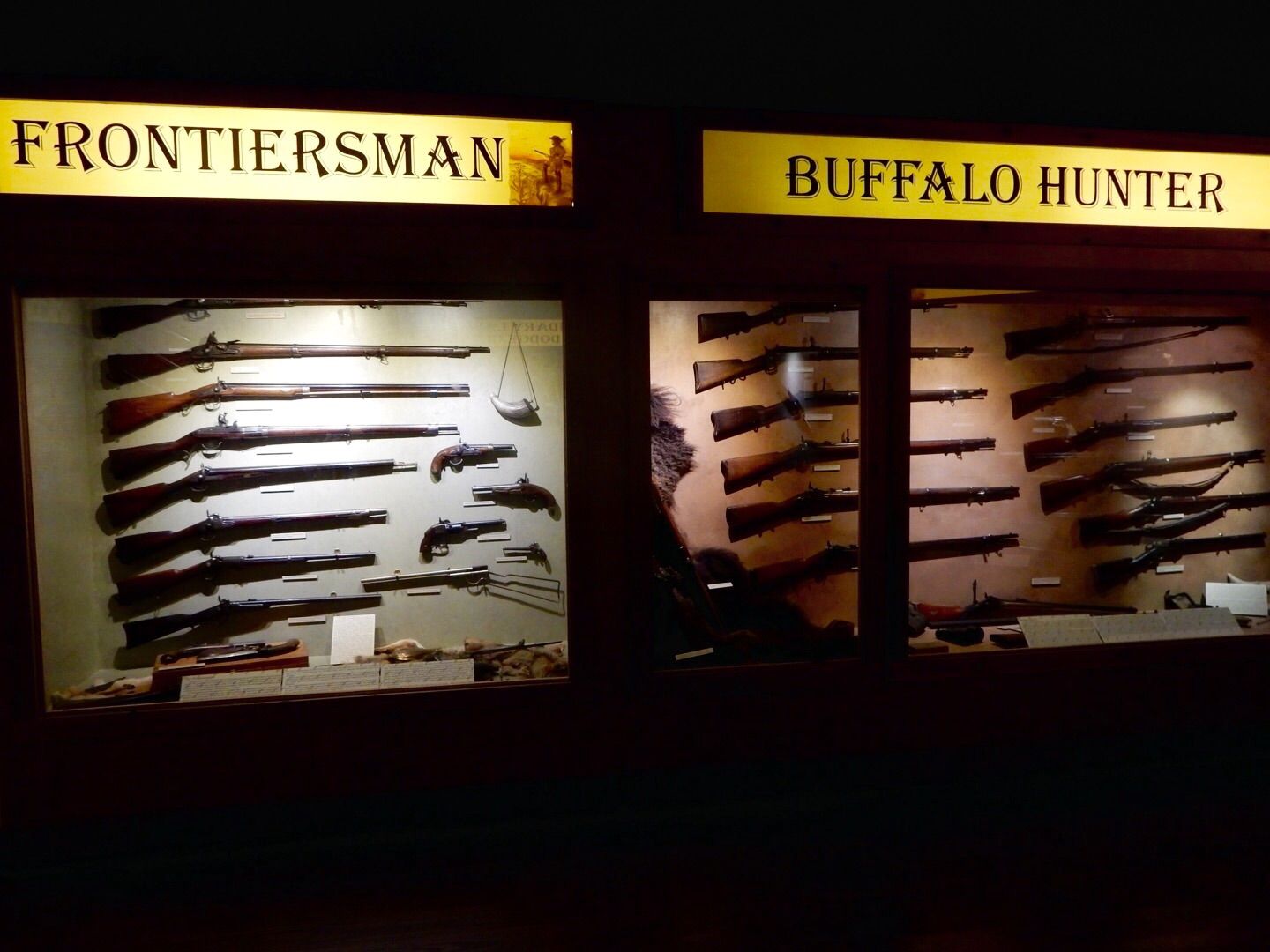
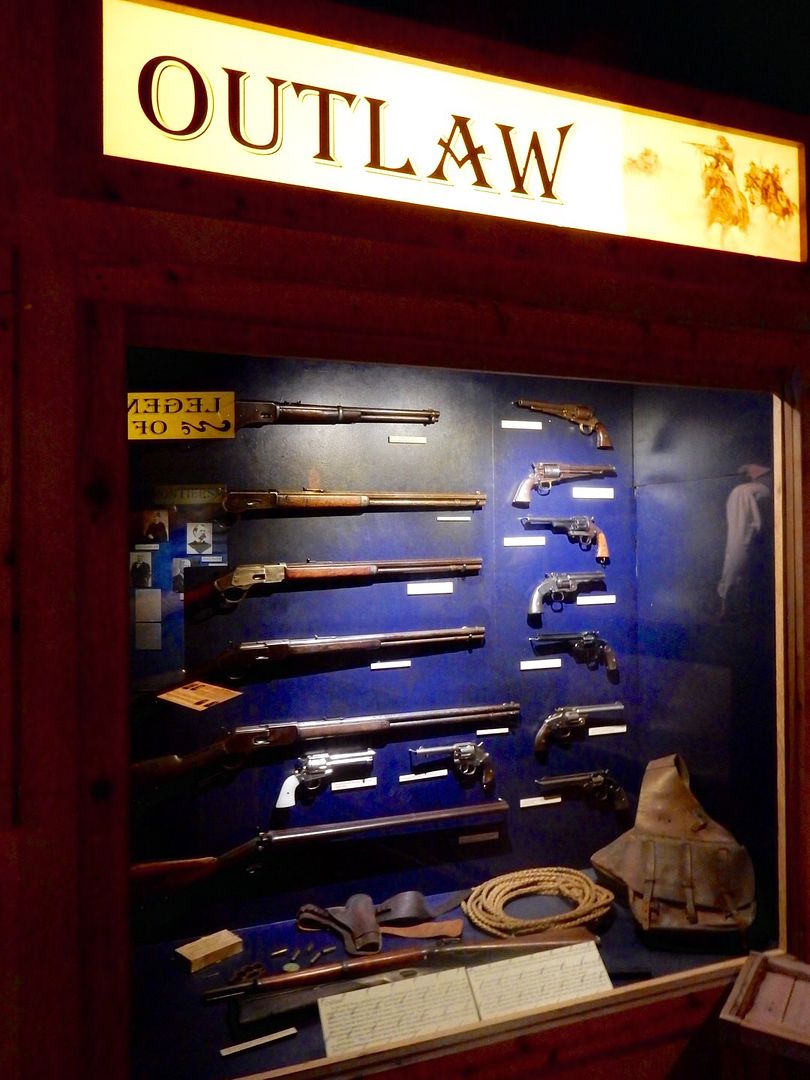


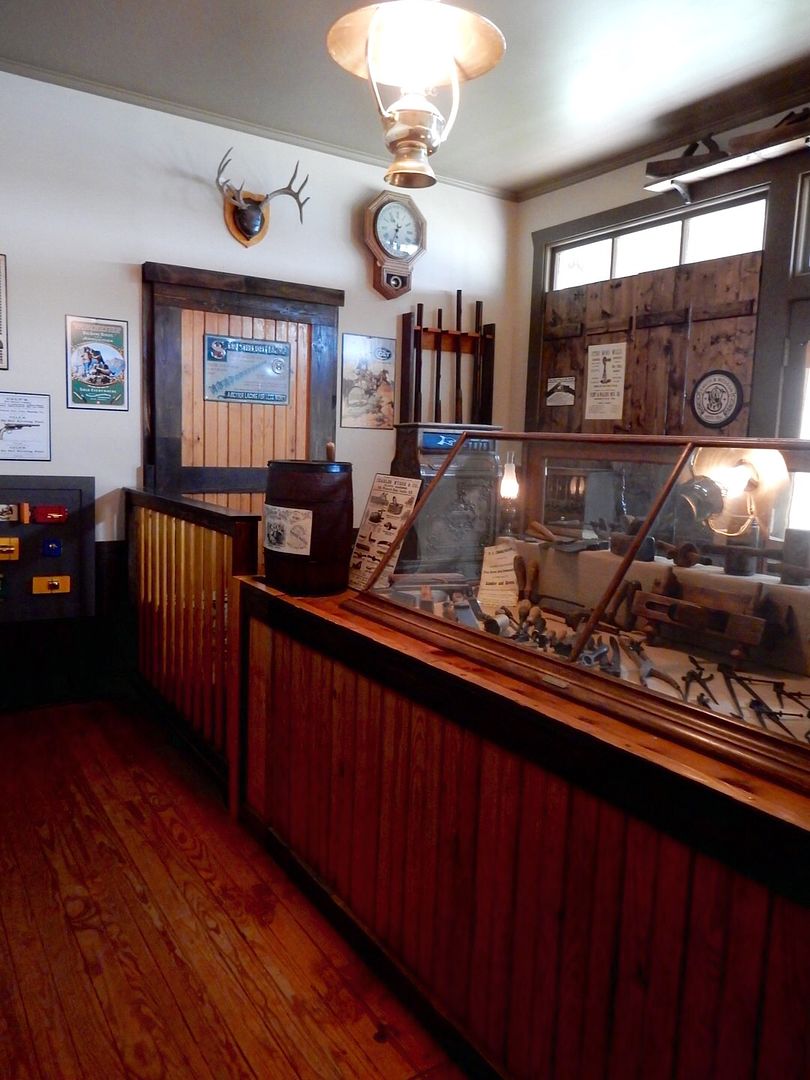
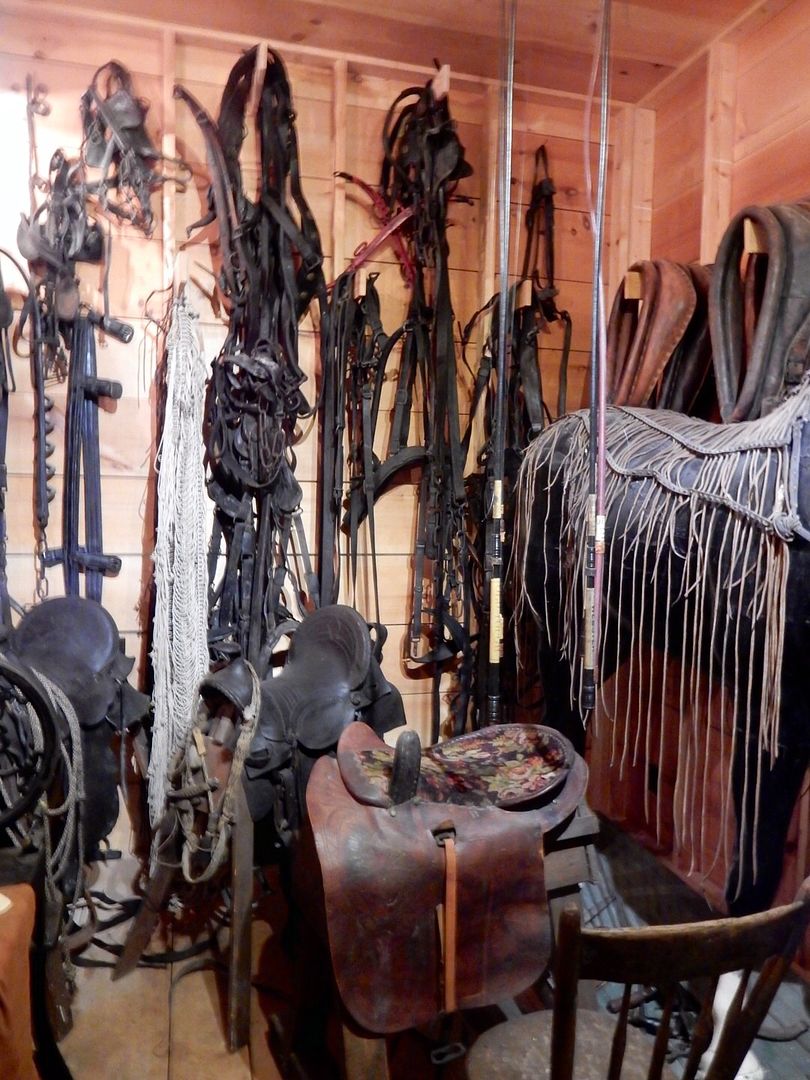
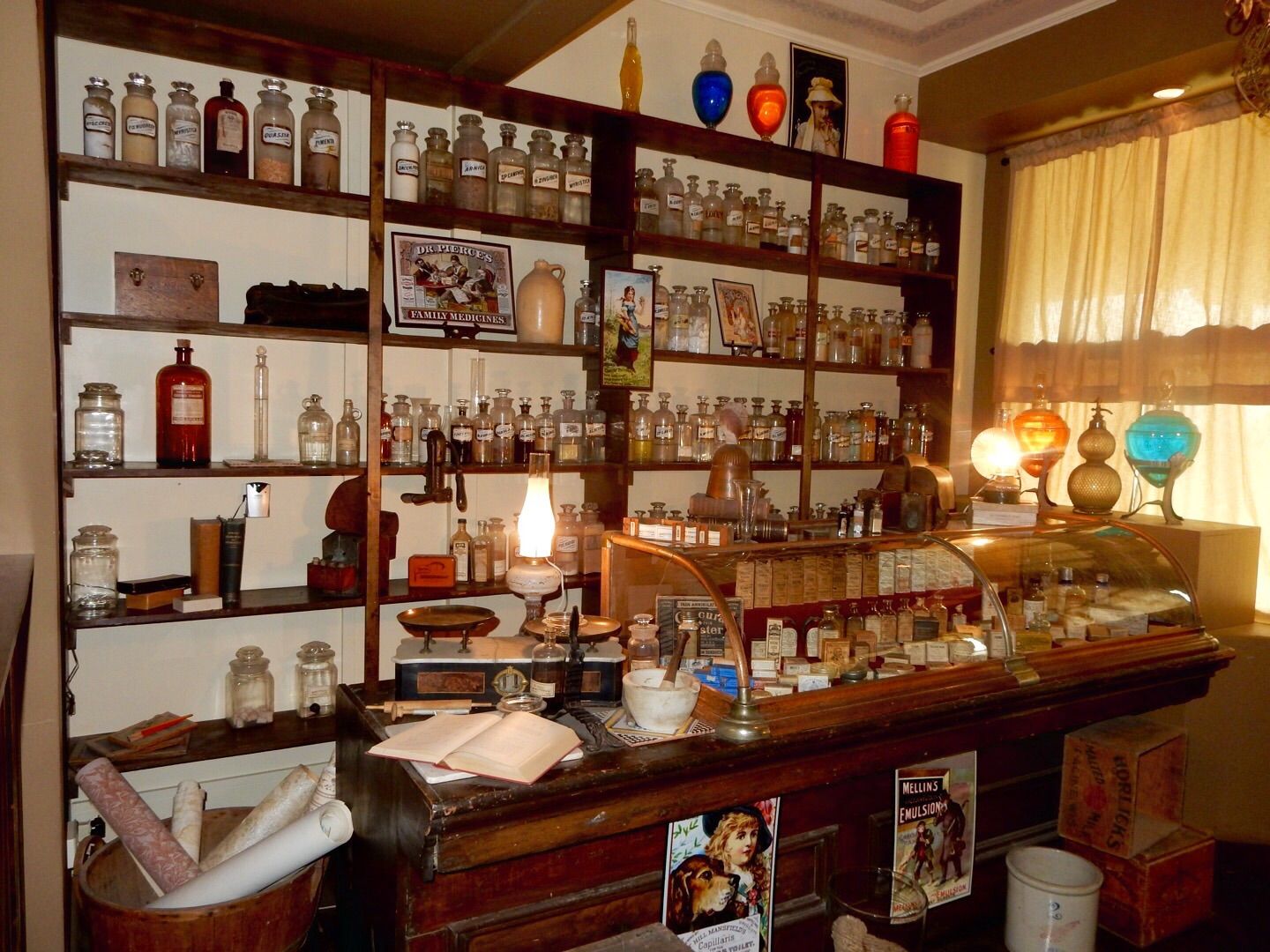

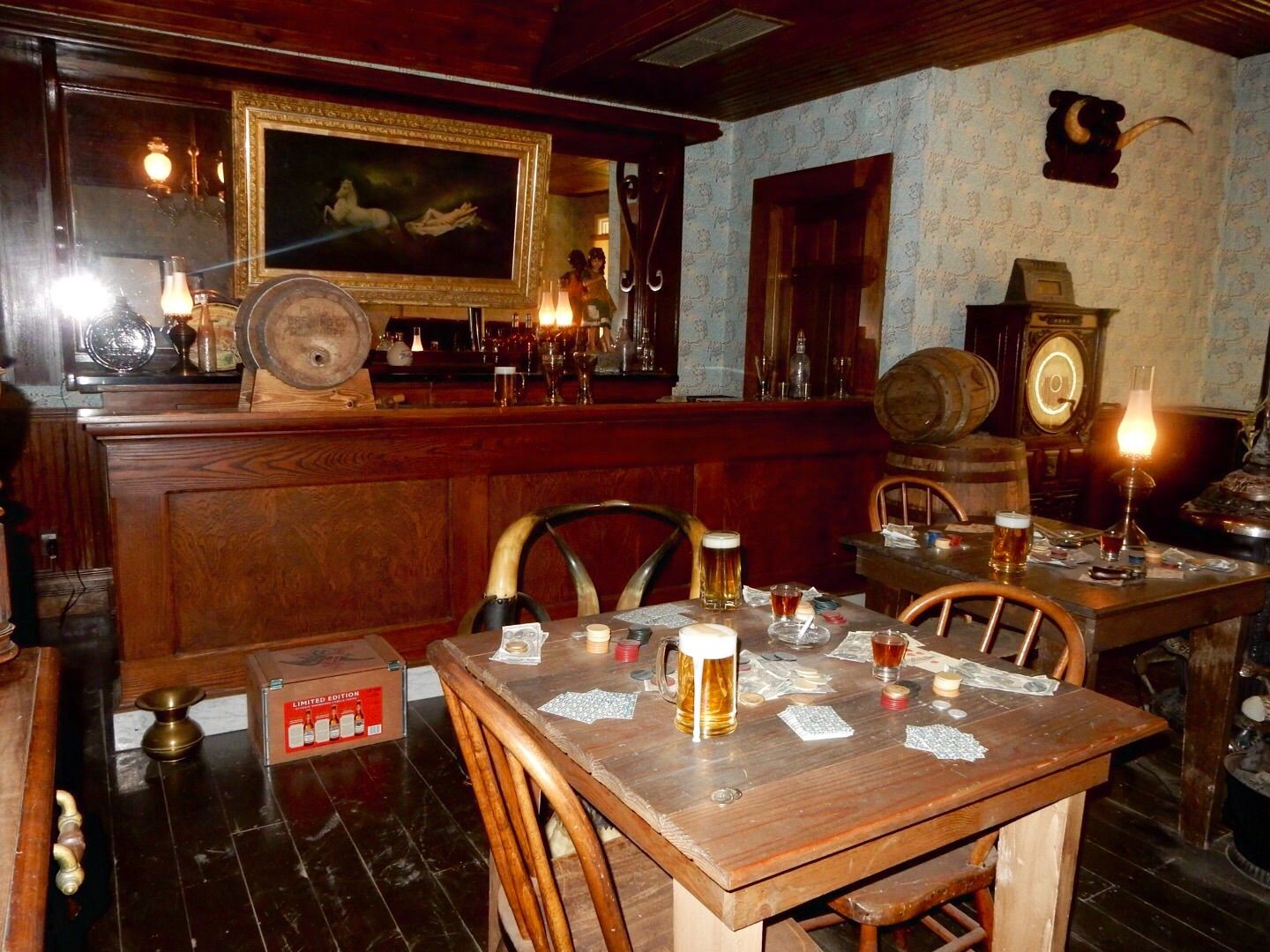
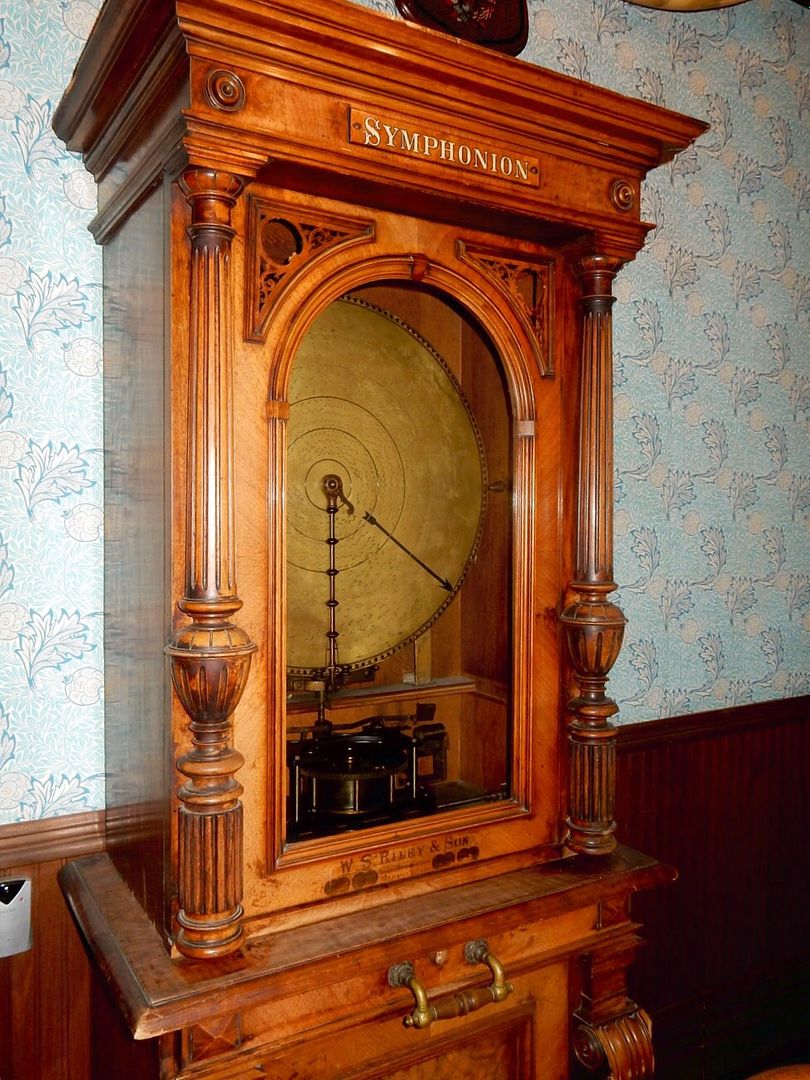















No comments:
Post a Comment